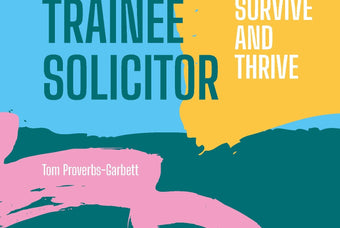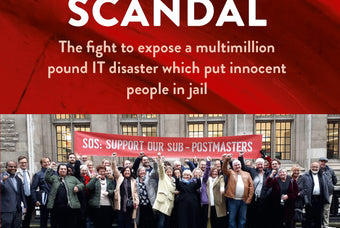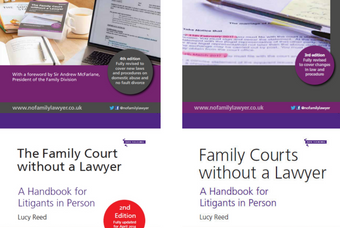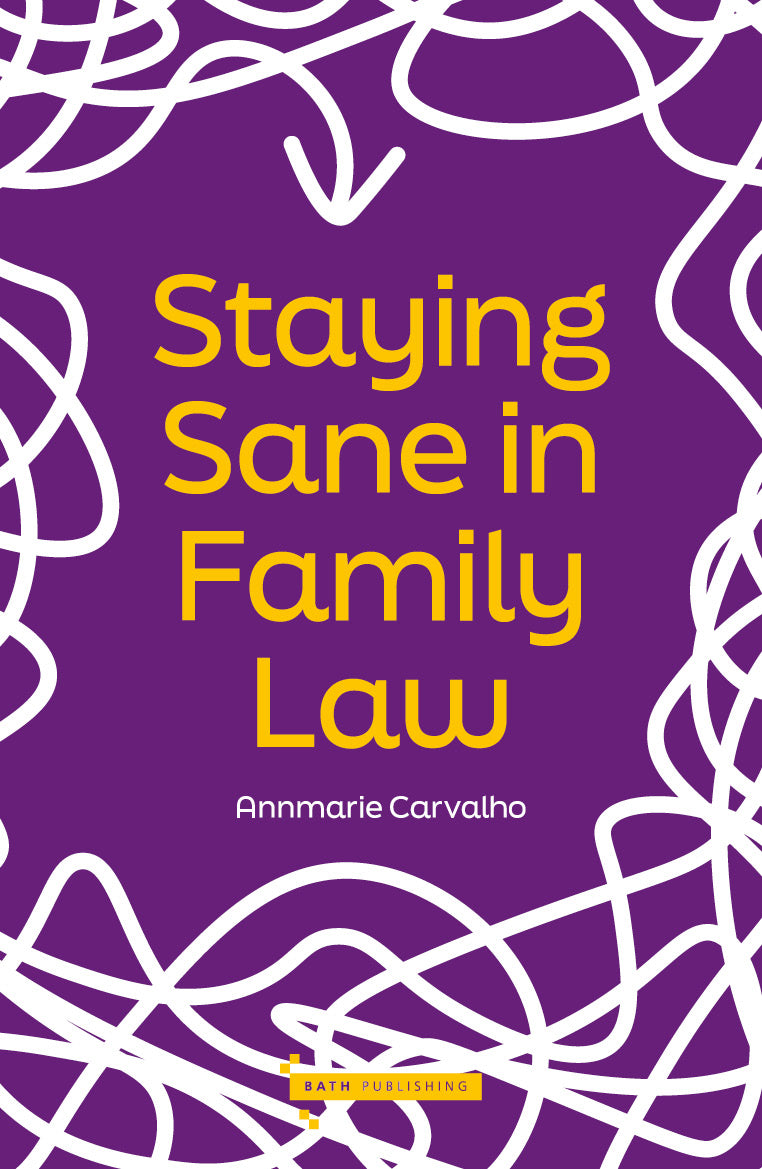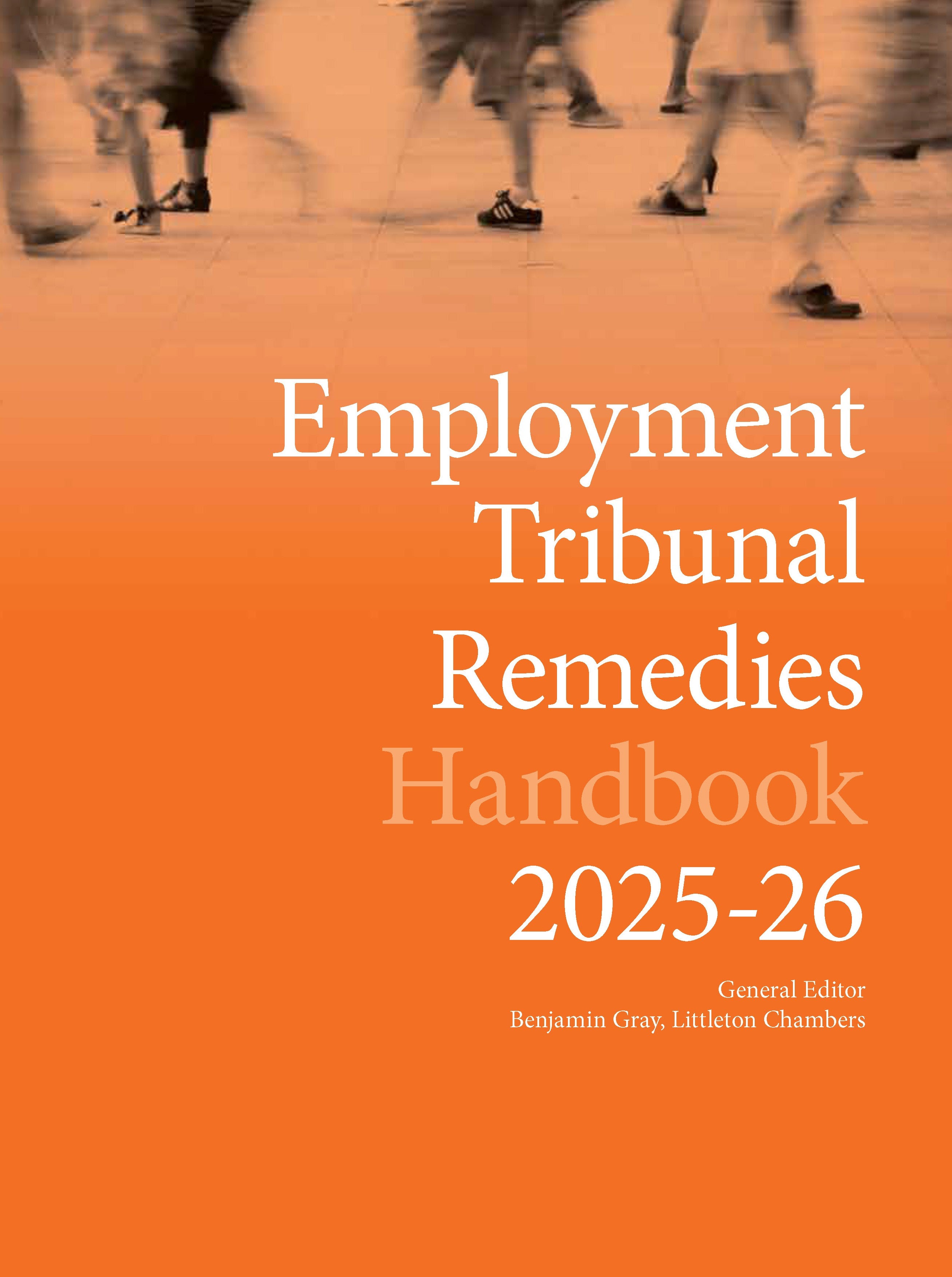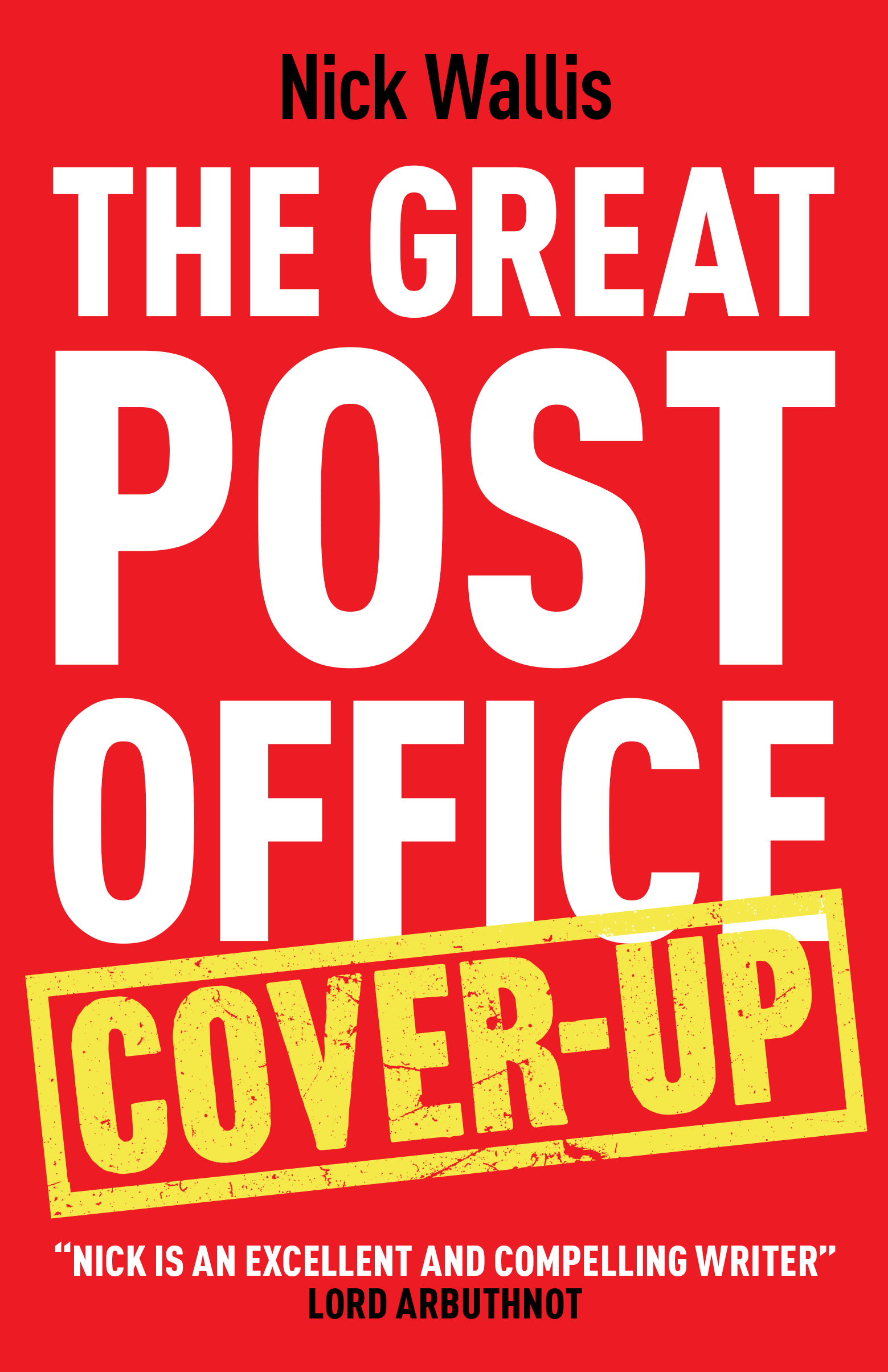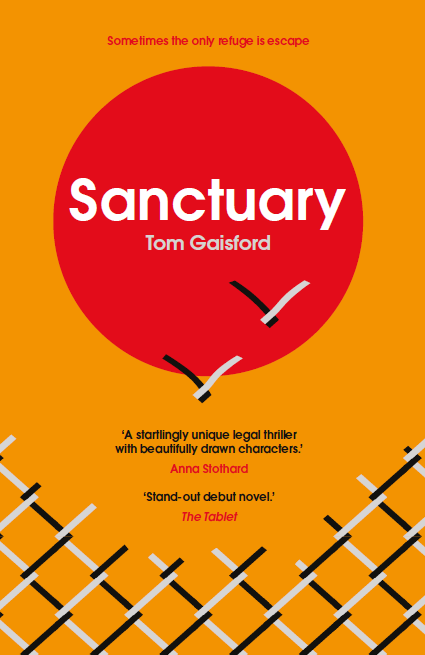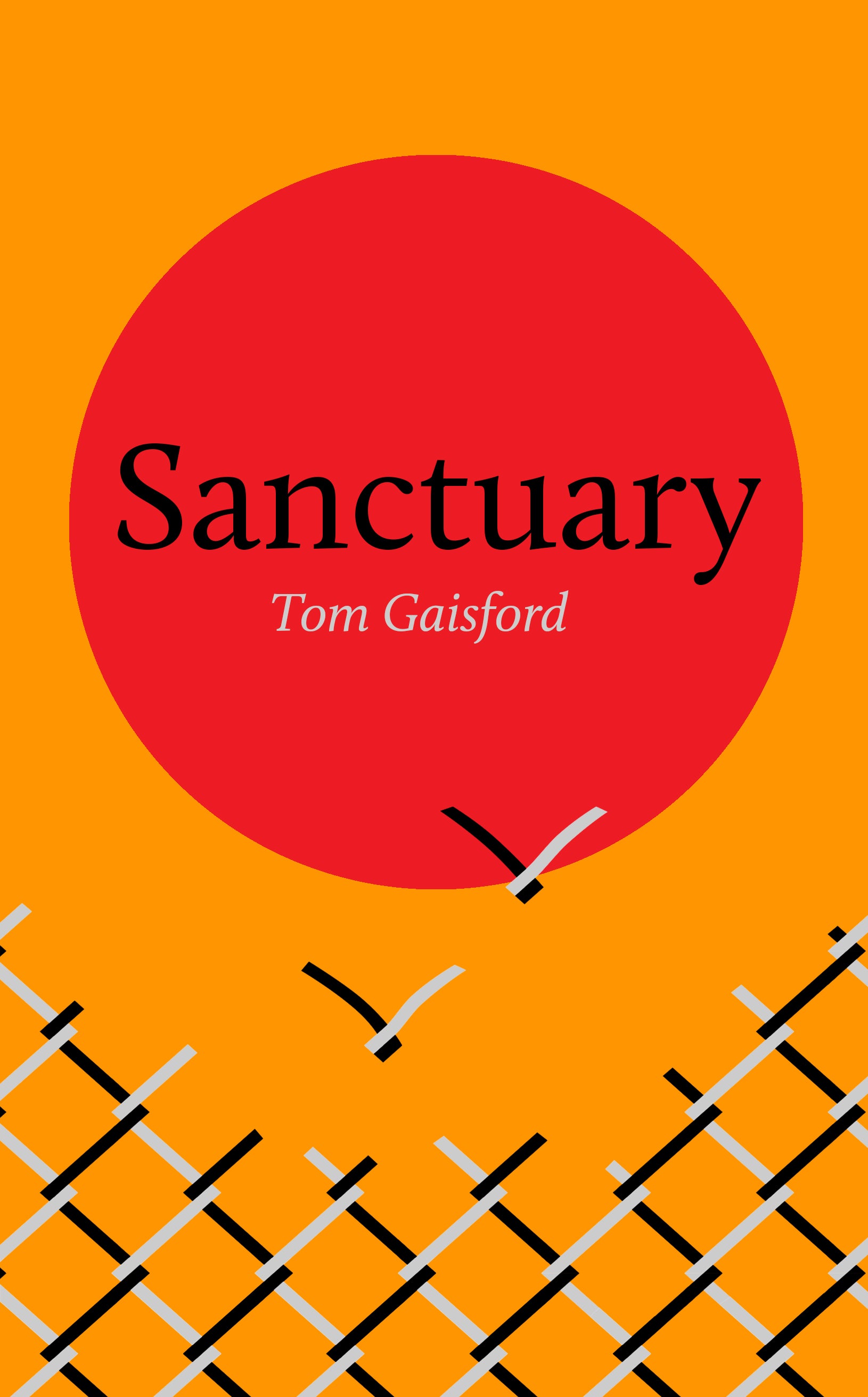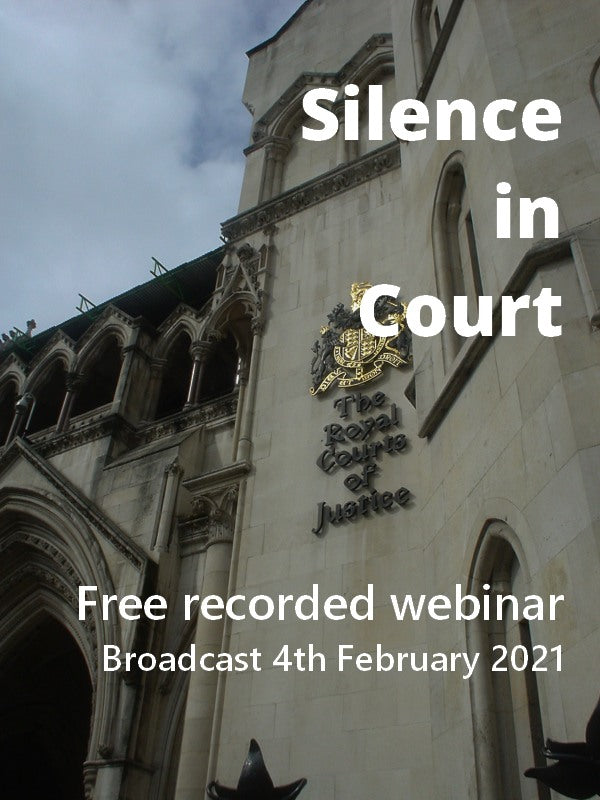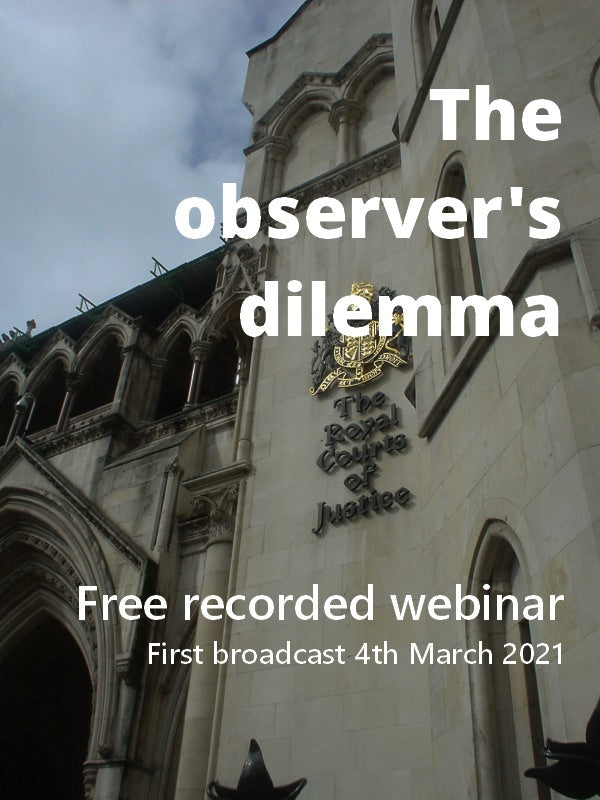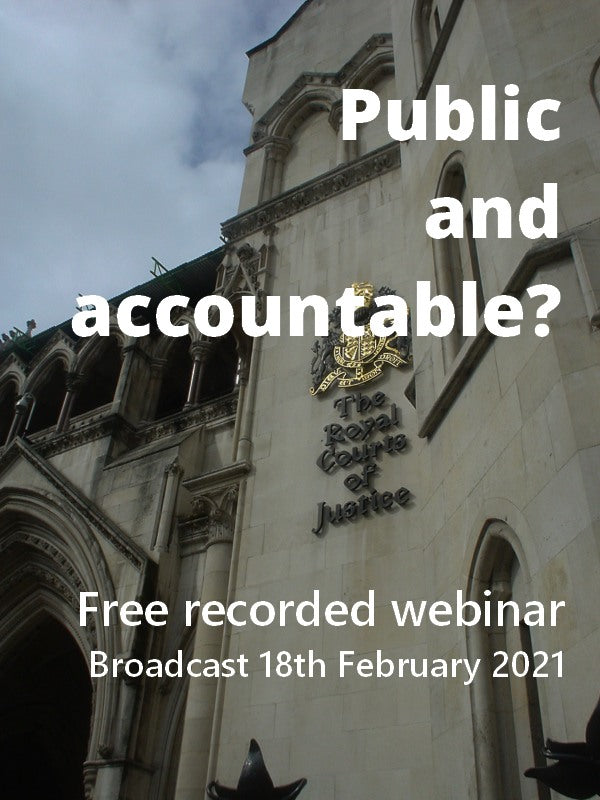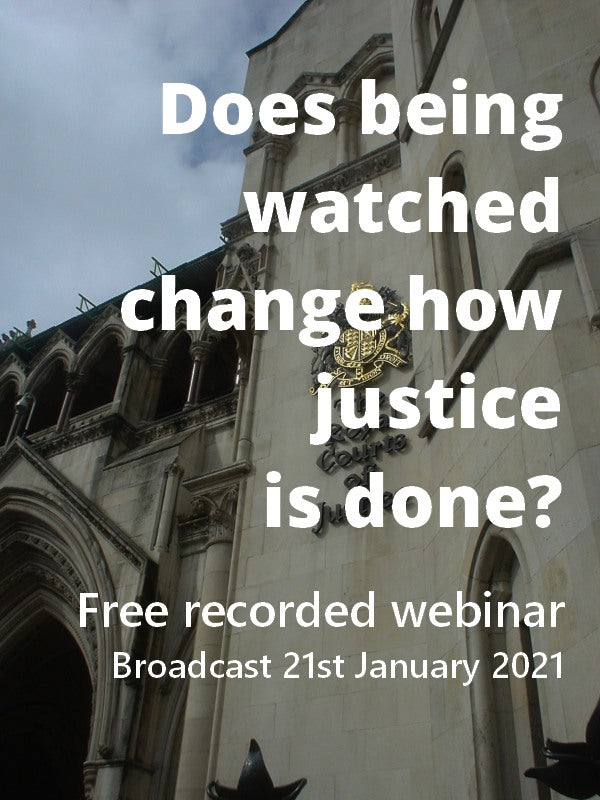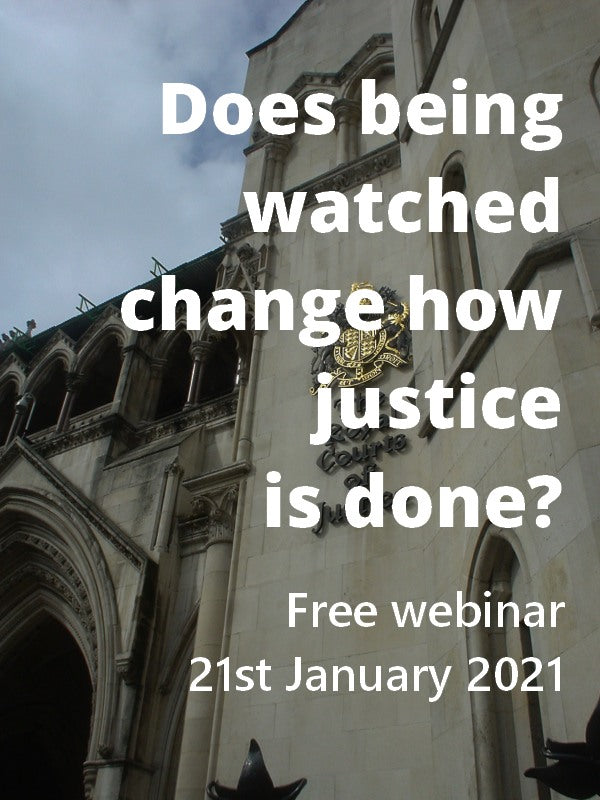From the beginning of the pandemic until 30 September 2021, it has been all but impossible to force a company to enter liquidation. A creditor had to show that the financial situation of the company was unrelated to Covid-19. This was, in practice, extremely difficult. The position has now changed with new “post-pandemic” rules which allow the presentation of winding up petitions again, except for unpaid commercial rent.
Strangely enough, the rules on bankruptcy never changed as a result of the pandemic. However, since many bankruptcy petitions are brought by public bodies, like HMRC and local councils, these petitions were not presented during the pandemic as the Government informally decided to give debtors more support. The changing rules on companies going insolvent are likely to signal a change in attitude towards individuals who can’t pay their debts.
My book Insolvency Law Made Clear: A Guide for Debtors addresses the main questions debtors need to know. Should they go bankrupt? What does bankruptcy mean? How can it be avoided? What about debts owed by a company, and not by a person? What is “winding up”?
Unfortunately, for many, finding answers to these questions will be increasingly important in the next few months as the country returns to normality.
Daniel Kessler is a barrister at 4 Stone Buildings specialising in insolvency and commercial litigation


